Artesunate is a medication used primarily to treat severe malaria. It is a derivative of artemisinin, a compound extracted from the plant Artemisia annua (sweet wormwood). Artesunate is highly effective against Plasmodium falciparum, the most dangerous malaria parasite, and is often used in combination with other antimalarial drugs to enhance efficacy and reduce the risk of resistance.
Key Features of Artesunate
- Mechanism of Action: rtesunate works by generating free radicals that damage the malaria parasite’s cellular structures, particularly its membranes, leading to its death.
- Administration: Depending on the severity of the infection, artesunate can be administered intravenously, intramuscularly, or orally. Intravenous artesunate is the preferred treatment for severe malaria.
- Rapid Action: Artesunate acts quickly to reduce the parasite load in the blood, making it a critical drug in life-threatening malaria cases.
- Combination Therapy: It is often used in combination with other antimalarials (e.g., amodiaquine or mefloquine) as part of Artemisinin-based Combination Therapies (ACTs) to prevent resistance.
Indications:
- Severe malaria (especially cerebral malaria)
- Uncomplicated malaria (in combination with other antimalarials)
- Off-label use in some parasitic infections (e.g., schistosomiasis)
Side Effects:
- Nausea, vomiting, or dizziness
- Allergic reactions
- Hemolysis (breakdown of red blood cells) in some cases, particularly after repeated use
- Rarely, cardiac or liver issues
Important Notes
- Artesunate is on the World Health Organization’s (WHO) List of Essential Medicines.
- It has significantly reduced mortality rates in severe malaria cases compared to older treatments like quinine.
- Resistance to artemisinin and its derivatives has been reported in some regions, particularly Southeast Asia, highlighting the importance of combination therapies.
- If you are considering or using artesunate, always consult a healthcare professional for proper guidance and dosage.









